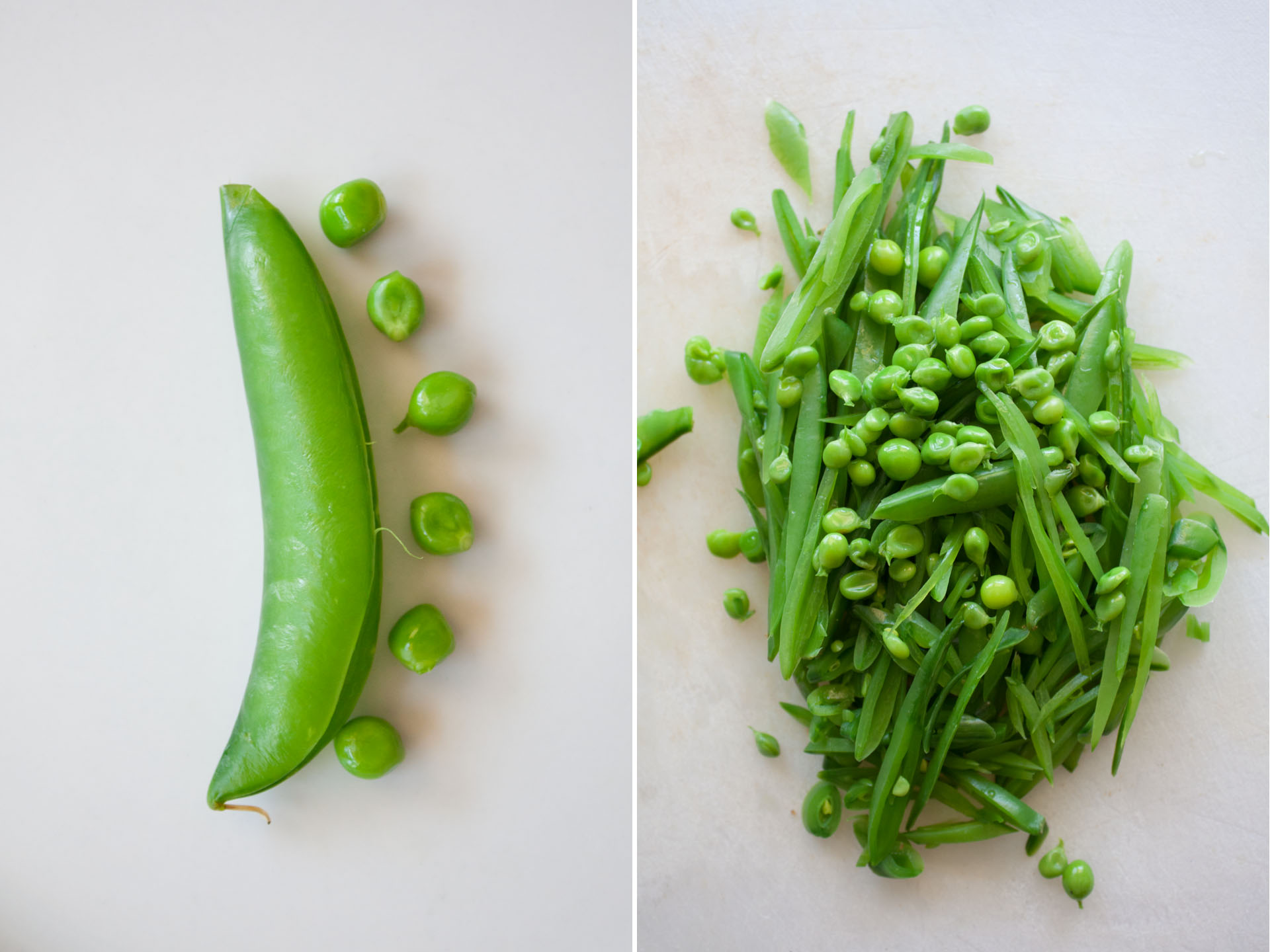


They are called snap-style green peas, and you can eat the whole thing, pod and all, cooked or raw. However, one pea combines the sweet contents of English peas with the crispy outer pod, or shell, of snow peas. Another type of pea is the snow pea, the crunchy, flat, sweet pod of Chinese cuisine that is eaten whole the peas inside are not allowed to get big. Traditional English peas have sweet, round, green peas inside a pod you shell the peas and throw away the pod. Mouthwatering and tender, homegrown peas are flawless, gracing your meal with vibrant color and delicious flavor.

^ "China: Start of sugar snap, snow pea export season to Europe".There are many reasons for growing green peas.^ "How El Niño affects sugar snap production in Peru and Guatemala".^ "Guatemala's snow pea: the peace crop".^ "Oregon Vegetables / Peas, Edible-Pod".^ "Growing Peas: Planting, Spacing, Care & Diseases | Johnny's Selected Seeds".^ "HONORING PLANT BREEDER Calvin Lamborn".Lamborn, Calvin (), Janick, Jules (ed.), "Origin, History, and Genetic Improvement of the Snap Pea ( Pisum sativum L.)", Plant Breeding Reviews, John Wiley & Sons, Inc., pp. 93–138, doi: 10.1002/9780470650196.ch3, ISBN 978-9-6 PMR indicates some degree of powdery mildew resistance afila types, also called semi-leafless, maintain an erect, interlocked, plant habit that allows good air movement through the canopy and reduces risk from lodging and mold. Amish Snap is the only true heirloom snap pea. Days to maturity is from germination to edible pod stage add about 7 days to estimate shell pea stage. They should get 4–6 hours of sunlight each day.īelow is a list of several snap pea cultivars currently available, ordered by days to maturity. They have a vining habit and require a trellis or similar support structure. Snap peas may grow to 2 m (6 ft 7 in) or more, but more typically are about 1.3 m (4 ft 3 in). It tolerates light frost when young it also has a wider adaptation and tolerance of higher temperatures than some other pea cultivars. It may be planted in spring as early as the soil can be worked. Some cultivars are capable of climbing to 2 m (6 ft 7 in) high but plants are more commonly around 1 to 1.3 m (3 ft 3 in to 4 ft 3 in) high, for ease of harvest and cultivation. The plants are climbing, and pea sticks or a trellis or other support system is required for optimal growth. At maturity, the pods grow to around 4 to 8 centimetres ( 1 + 1⁄ 2 to 3 inches) in length. Pods of the edible-podded pea, including snap peas, do not have a membrane and do not open when ripe. An edible-podded pea is similar to a garden, or English, pea, but the pod is less fibrous, and is edible when young. Snap peas, like all other peas, are pod fruits. With this cross, snap pea was recreated and the first new snap pea was released in 1979 under the name ‘Sugar Snap’. Researchers at Twin Falls, Idaho hoped that the cross might counteract twisting and buckling seen in varieties at the time. The present snap pea originated from Calvin Lamborn's cross between a shelling pea mutant found in 1952 by Dr. The name mangetout ( French for "eat all") can apply to snap peas and snow peas.Ī snap pea named "butter pea" was described in French literature in the 19th century, but the old snap pea was lost in cultivation by the mid-20th century. The snap pea, also known as the sugar snap pea, is an edible-pod pea with rounded pods and thick pod walls, in contrast to snow pea pods, which are flat with thin walls. †Percentages are roughly approximated using US recommendations for adults.


 0 kommentar(er)
0 kommentar(er)
